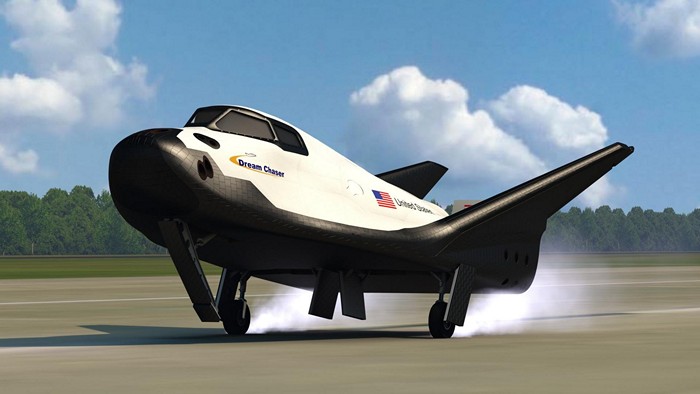A surveillance spaceplane, owned by the United States and operated by the country’s Air Force, touched down safely at the NASA Kennedy Space Center in Florida on 27 October. What made the landing so special is that the plane had been in orbit around the Earth for the past 780 days, spending more than two years continuously in space to set a new record.
The super-secret X-37B Orbital Space Vehicle, as it is formally known, was launched on its fifth such mission aboard a SpaceX Falcon 9 rocket on 7 September, 2017. The long sojourn in space allowed the unmanned vehicle to set a new record by eclipsing the previous record of 718 days set by the spacecraft in its fourth mission.
“The safe return of this spacecraft, after breaking its own endurance record, is the result of the innovative partnership between government and industry,” Gen. David L. Goldfein, Air Force chief of staff, said in a statement. He added, “The sky is no longer the limit for the Air Force and, if Congress approves, the new US Space Force.”
The first flight of the X-37B took place in 2010, but what the spaceplane does while in orbit around the Earth has remained a mystery ever since.The entire missions of the X-37B is clandestine and has been classified for the past decade. The Air Force has opened a tiny crack into this curtain of secrecy to reveal that the just accomplished mission did carry a number of small satellites into space.
The only thing known from images of the X-37B is that it resembles a mini-Space Shuttle, is around 10-meters long and was built by Boeing Corporation. It could probably be used to conduct experiments that last for long periods of time in space, or the AirForce could be testing technologies to help them develop a reliable, reusable, unmanned space test platform. Without any substantive evidence or anything definite, people and media have come up with various conjectures, some of them really wild, on the possible mandates for the spacecraft while in orbit.
It is no surprise that the Air Force is keeping a tight lid on the spacecraft’s activities. Even the disclosure that the X-37B had deployed unknown small satellites into orbit has raised the hackles of many in the space community. In the first place, none of the spacecraft’s mission were officially cataloged by the Air Force and, moreover, the satellites said to have been deployed were also not registered with the United Nations. Experts argue that this violates the UN’s Registration Convention — which requires countries to tell the UN exactly what they are sending into space.
In the meantime, the X-37B is set to get a checkup from the Air Force. Currently, there are two operational X-37Bs, and one of them is expected to fly again in early 2020.

